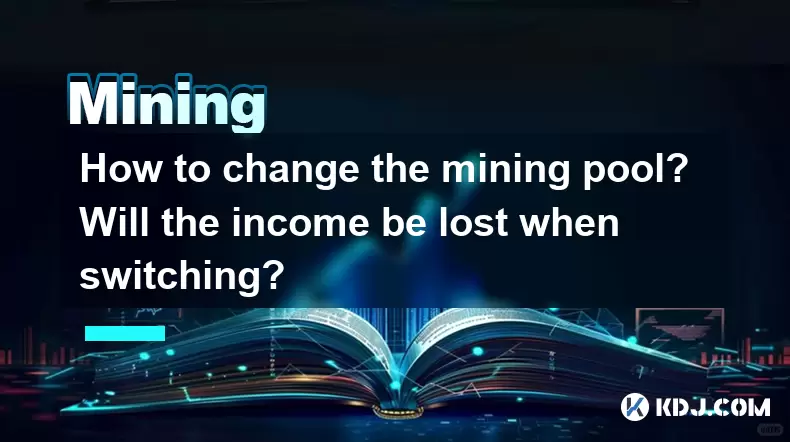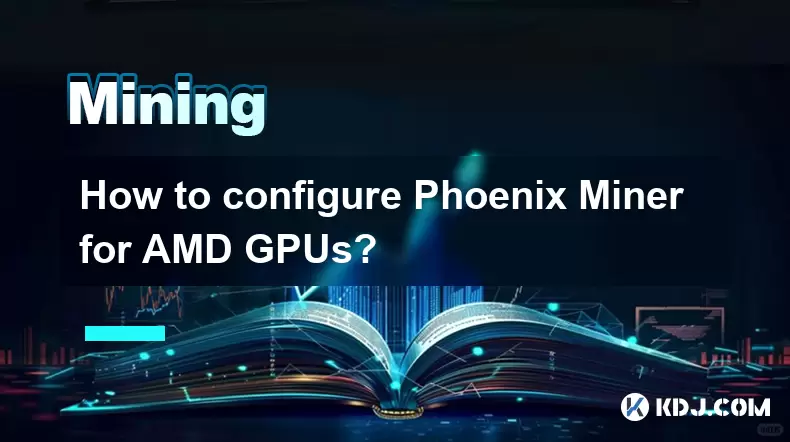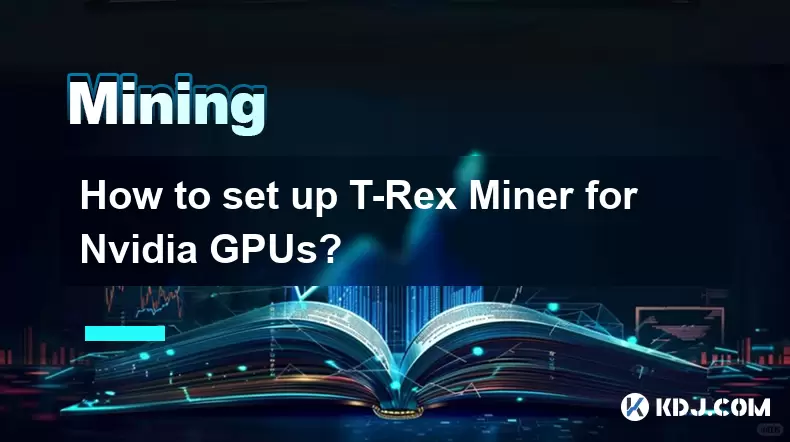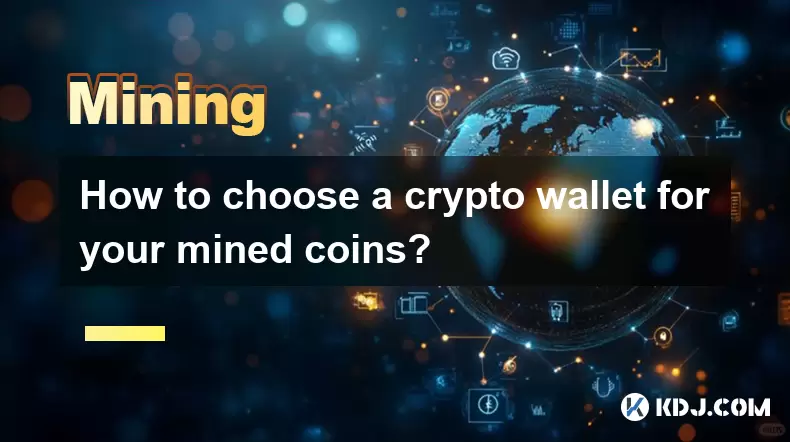-
 Bitcoin
Bitcoin $117800
0.42% -
 Ethereum
Ethereum $4436
0.39% -
 XRP
XRP $3.106
0.86% -
 Tether USDt
Tether USDt $1.001
0.04% -
 BNB
BNB $835.4
1.26% -
 Solana
Solana $188.8
2.21% -
 USDC
USDC $0.9999
0.00% -
 Dogecoin
Dogecoin $0.2302
2.98% -
 TRON
TRON $0.3484
-1.05% -
 Cardano
Cardano $0.9212
-1.20% -
 Hyperliquid
Hyperliquid $46.77
-0.77% -
 Chainlink
Chainlink $22.76
5.64% -
 Stellar
Stellar $0.4278
0.68% -
 Sui
Sui $3.771
2.39% -
 Bitcoin Cash
Bitcoin Cash $583.7
-0.91% -
 Ethena USDe
Ethena USDe $1.001
0.04% -
 Hedera
Hedera $0.2520
2.88% -
 Avalanche
Avalanche $24.28
2.56% -
 Litecoin
Litecoin $120.1
1.44% -
 Toncoin
Toncoin $3.452
1.46% -
 UNUS SED LEO
UNUS SED LEO $9.409
-0.95% -
 Shiba Inu
Shiba Inu $0.00001298
2.02% -
 Uniswap
Uniswap $11.01
3.56% -
 Polkadot
Polkadot $3.962
2.81% -
 Dai
Dai $1.000
0.00% -
 Bitget Token
Bitget Token $4.639
1.16% -
 Cronos
Cronos $0.1511
-0.06% -
 Ethena
Ethena $0.7254
2.87% -
 Monero
Monero $255.7
7.41% -
 Pepe
Pepe $0.00001101
2.80%
How to change the mining pool? Will the income be lost when switching?
Switching mining pools can optimize operations, but prepare to minimize downtime and ensure you withdraw earned rewards before changing to avoid income loss.
May 16, 2025 at 01:50 am

Changing your mining pool can be a strategic move to optimize your mining operations. Whether you're looking to switch due to better pool fees, more reliable payouts, or other reasons, it's important to understand the process and its implications on your mining income. In this article, we'll guide you through the steps to change your mining pool and discuss whether you'll lose income during the switch.
Understanding Mining Pools
Before diving into the process of changing your mining pool, it's crucial to understand what a mining pool is and why you might want to switch. A mining pool is a group of miners who combine their computational resources to increase their chances of solving cryptographic puzzles and earning cryptocurrency rewards. By joining a pool, miners can receive more consistent payouts, albeit smaller, compared to solo mining.
Reasons for switching pools can include dissatisfaction with the current pool's performance, higher fees, or a desire to support a different pool's philosophy or community. Understanding your motivations for switching will help you choose a new pool that better aligns with your mining goals.
Preparing to Change Your Mining Pool
Before you make the switch, it's essential to prepare adequately to minimize any potential disruptions. Start by researching new pools that meet your criteria. Look at factors such as pool fees, payout thresholds, reliability, and the pool's reputation within the cryptocurrency community.
Once you've selected a new pool, gather the necessary information to connect to it. This typically includes the pool's URL, your username, and any required passwords or worker names. Make sure to keep this information handy as you'll need it during the switching process.
Steps to Change Your Mining Pool
Changing your mining pool involves a few straightforward steps. Here's how you can do it:
- Stop your current mining operation: Before you can switch pools, you need to stop your mining software. This ensures that you don't continue mining on the old pool while setting up the new one.
- Update your mining software configuration: Open your mining software and navigate to the settings or configuration section. Look for the section where you input the pool details and replace the old pool's URL, username, and any other required fields with the new pool's information.
- Save and restart your mining software: After updating the configuration, save the changes and restart your mining software. This will connect your mining rig to the new pool.
- Verify the connection: Once your mining software is running again, check the pool's dashboard or your mining software's interface to ensure that you're successfully connected to the new pool and that your hashrate is being reported correctly.
Will You Lose Income When Switching?
One of the primary concerns when changing mining pools is whether you'll lose any income during the transition. The short answer is that you might experience a brief period of downtime, but you won't lose any income that you've already earned.
When you stop your mining operation to switch pools, you'll miss out on any rewards that could have been earned during that downtime. However, any rewards you've earned up to the point of switching will remain in your account with the old pool until you withdraw them. Make sure to withdraw any pending rewards before switching to avoid leaving funds behind.
Additionally, some pools may have a grace period or a buffer time before your hashrate is fully recognized on the new pool. During this time, you might not receive full rewards, but this is typically a short-term issue.
Monitoring Your New Pool Performance
After switching to a new mining pool, it's important to monitor your performance to ensure that the change has been beneficial. Keep an eye on your hashrate, the frequency of payouts, and any changes in your overall earnings.
If you notice any issues, such as lower hashrates or delayed payouts, you may need to troubleshoot by checking your mining software settings, verifying your internet connection, or reaching out to the pool's support team for assistance.
Adjusting Your Mining Strategy
Switching pools can be an opportunity to reassess your overall mining strategy. Consider factors such as the cryptocurrency you're mining, the hardware you're using, and the current market conditions. You might find that adjusting your strategy in conjunction with changing pools can lead to better overall performance and higher earnings.
For example, if you're mining a less profitable cryptocurrency, you might want to switch to a more profitable one. Or, if you're using outdated hardware, you might consider upgrading to improve your hashrate and efficiency.
Frequently Asked Questions
Q: Can I switch mining pools multiple times without affecting my mining setup?
A: Yes, you can switch mining pools multiple times as long as you follow the correct procedure each time. However, frequent switching might lead to more downtime and potential loss of rewards during transitions. It's best to choose a pool that meets your needs and stick with it unless there's a compelling reason to switch.
Q: Do I need to change my wallet address when switching mining pools?
A: No, you typically do not need to change your wallet address when switching mining pools. Your wallet address is used to receive your mining rewards, and it remains the same regardless of the pool you're using. Just ensure that you've set up your new pool to send rewards to the correct address.
Q: How can I tell if a mining pool is reliable before switching?
A: To determine a mining pool's reliability, you can look at several factors. Check online reviews and forums for user experiences, monitor the pool's uptime and performance statistics, and consider the pool's history and reputation within the cryptocurrency community. Additionally, some pools offer transparency reports that can give you insights into their operations and reliability.
Q: Will switching to a smaller pool increase my chances of earning a block reward?
A: Switching to a smaller pool might increase your chances of earning a larger share of a block reward if the pool successfully mines a block. However, smaller pools often have less consistent payouts and might be less reliable. It's a trade-off between the potential for larger rewards and the stability of your income.
Disclaimer:info@kdj.com
The information provided is not trading advice. kdj.com does not assume any responsibility for any investments made based on the information provided in this article. Cryptocurrencies are highly volatile and it is highly recommended that you invest with caution after thorough research!
If you believe that the content used on this website infringes your copyright, please contact us immediately (info@kdj.com) and we will delete it promptly.
- Kazakhstan's Crypto Leap: Bitcoin ETF and Central Asia's Digital Finance Future
- 2025-08-13 12:45:19
- BlockDAG Presale Blazes Past $371M: Fundraising Frenzy Fuels Crypto Sensation
- 2025-08-13 13:05:21
- Meme Coins: Chasing the 2025 Surge – Which Will Moonshot?
- 2025-08-13 10:25:23
- Bitcoin's Wild Ride: Rally, Pullback, and What's Next
- 2025-08-13 10:25:23
- Bitcoin, Bitmax, and Institutional Demand: A New Era of Crypto Investment
- 2025-08-13 10:45:12
- Solana, ROAM, and Airdrops: What's the Buzz in 2025?
- 2025-08-13 11:35:13
Related knowledge

How to configure Phoenix Miner for AMD GPUs?
Aug 11,2025 at 03:21am
Understanding Phoenix Miner and Its Compatibility with AMD GPUsPhoenix Miner is a lightweight, high-performance Ethereum mining software designed for ...

How to set up T-Rex Miner for Nvidia GPUs?
Aug 10,2025 at 12:07am
Understanding T-Rex Miner and Its Compatibility with Nvidia GPUsT-Rex Miner is a high-performance mining software designed specifically for Nvidia GPU...

What is "proof-of-work" and how does it relate to mining?
Aug 07,2025 at 02:03pm
Understanding the Concept of Proof-of-WorkProof-of-work (PoW) is a consensus mechanism used in blockchain networks to validate transactions and secure...

How to choose a crypto wallet for your mined coins?
Aug 13,2025 at 11:36am
Understanding the Types of Crypto Wallets for Mined CoinsWhen selecting a crypto wallet for your mined coins, the first step is to understand the diff...

What are the differences between mining on Windows vs. Linux?
Aug 06,2025 at 11:29pm
Overview of Cryptocurrency Mining PlatformsCryptocurrency mining involves using computational power to solve complex cryptographic puzzles and validat...

How to use an old computer for cryptocurrency mining?
Aug 07,2025 at 12:42pm
Understanding the Feasibility of Using an Old Computer for MiningUsing an old computer for cryptocurrency mining may seem outdated, but it is still te...

How to configure Phoenix Miner for AMD GPUs?
Aug 11,2025 at 03:21am
Understanding Phoenix Miner and Its Compatibility with AMD GPUsPhoenix Miner is a lightweight, high-performance Ethereum mining software designed for ...

How to set up T-Rex Miner for Nvidia GPUs?
Aug 10,2025 at 12:07am
Understanding T-Rex Miner and Its Compatibility with Nvidia GPUsT-Rex Miner is a high-performance mining software designed specifically for Nvidia GPU...

What is "proof-of-work" and how does it relate to mining?
Aug 07,2025 at 02:03pm
Understanding the Concept of Proof-of-WorkProof-of-work (PoW) is a consensus mechanism used in blockchain networks to validate transactions and secure...

How to choose a crypto wallet for your mined coins?
Aug 13,2025 at 11:36am
Understanding the Types of Crypto Wallets for Mined CoinsWhen selecting a crypto wallet for your mined coins, the first step is to understand the diff...

What are the differences between mining on Windows vs. Linux?
Aug 06,2025 at 11:29pm
Overview of Cryptocurrency Mining PlatformsCryptocurrency mining involves using computational power to solve complex cryptographic puzzles and validat...

How to use an old computer for cryptocurrency mining?
Aug 07,2025 at 12:42pm
Understanding the Feasibility of Using an Old Computer for MiningUsing an old computer for cryptocurrency mining may seem outdated, but it is still te...
See all articles

























































































